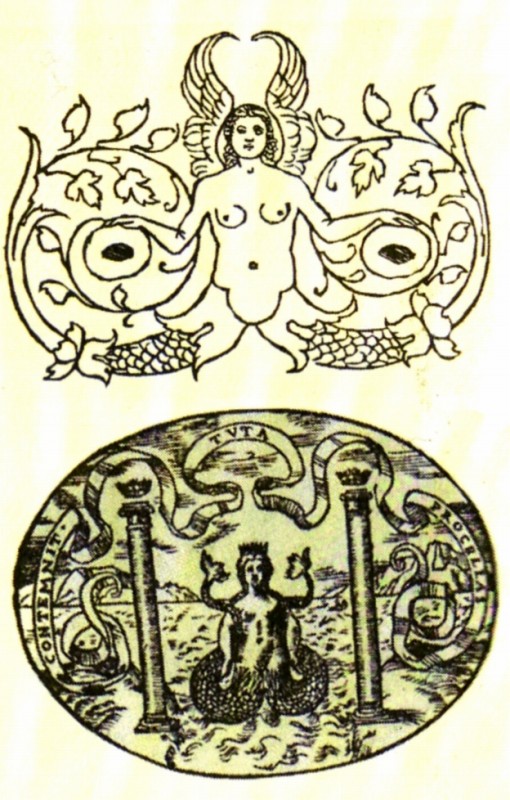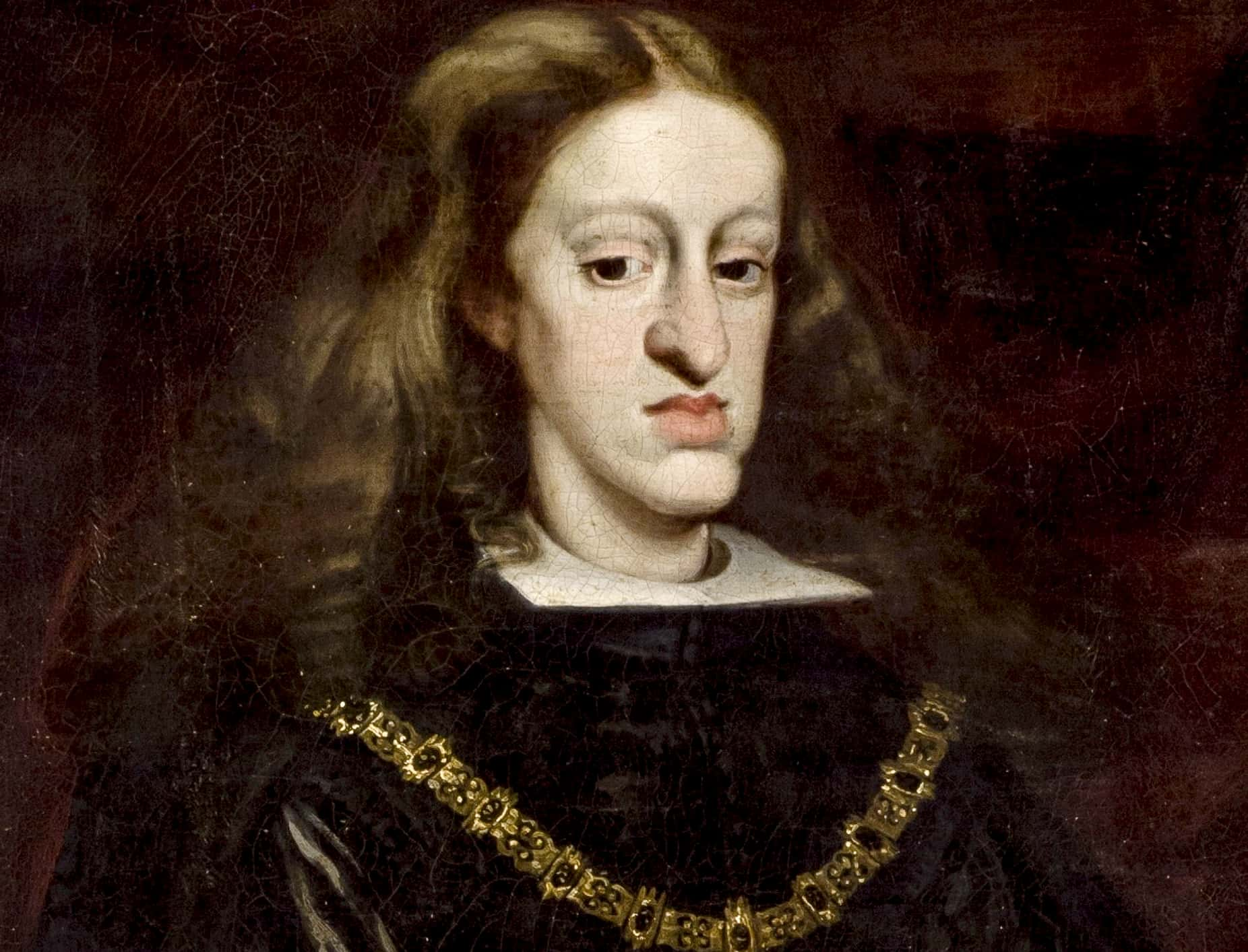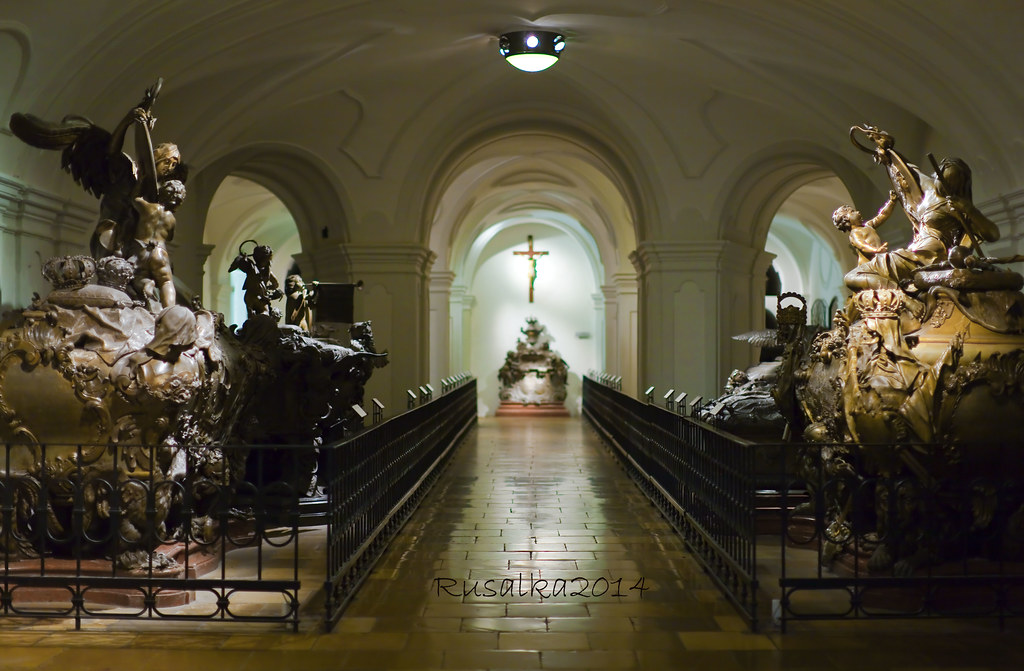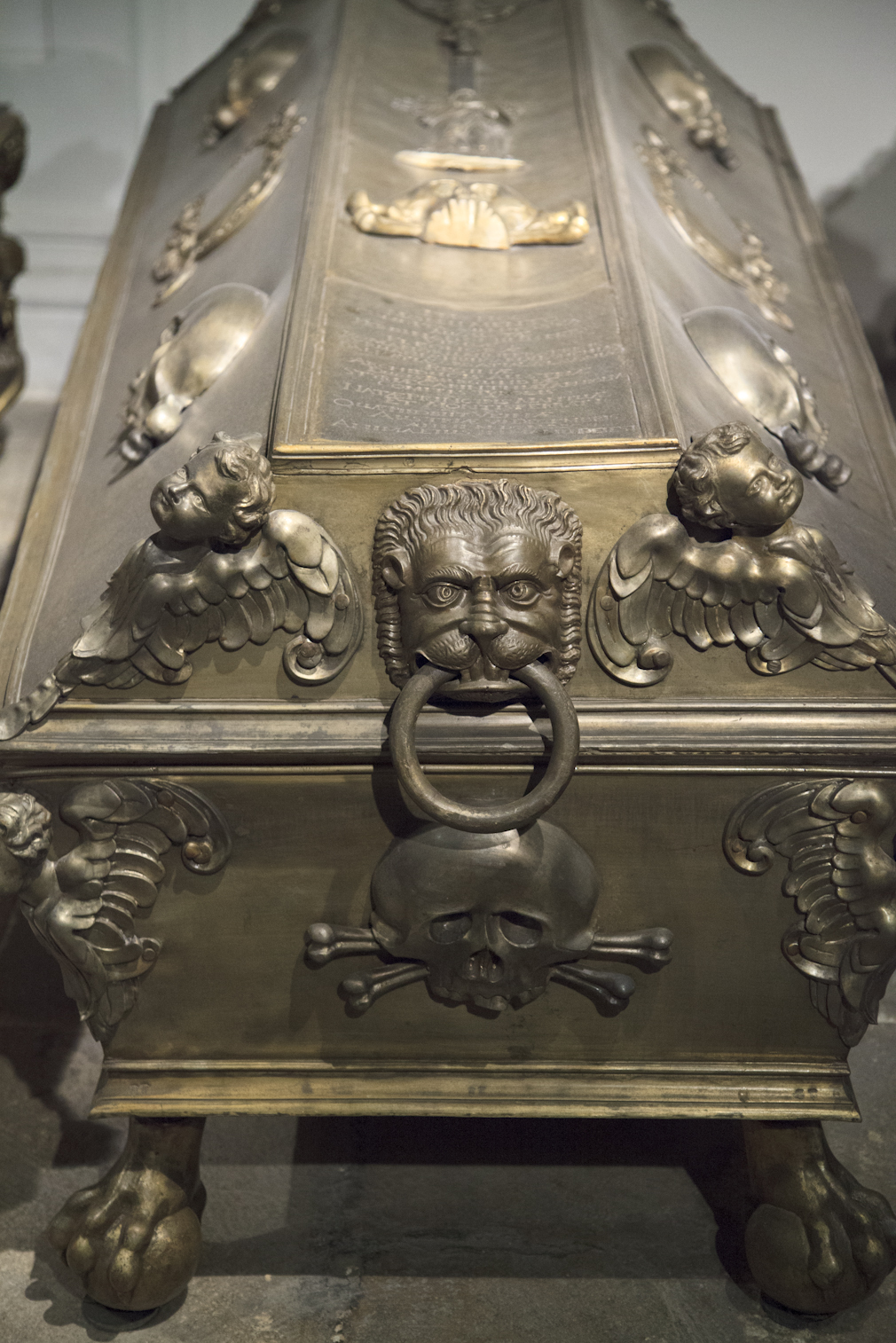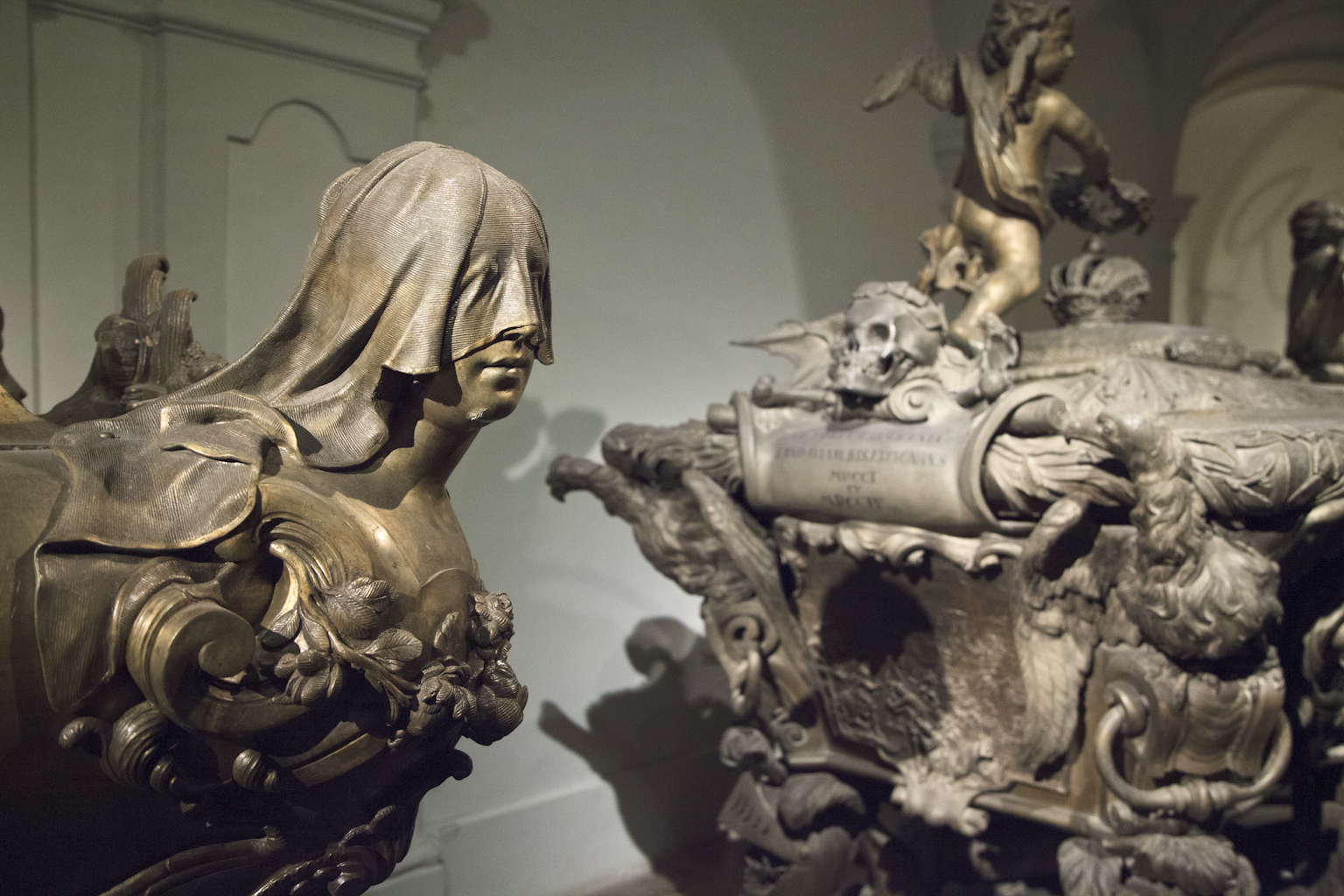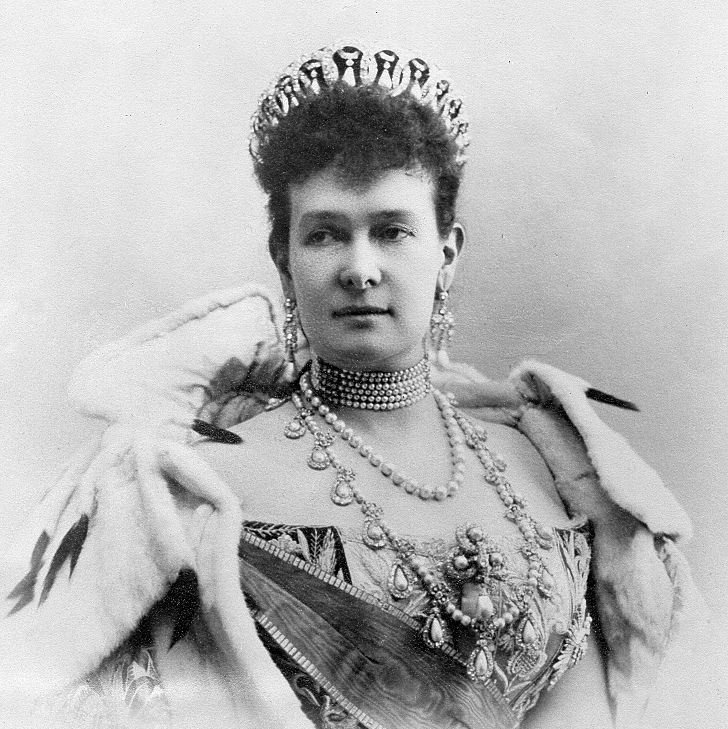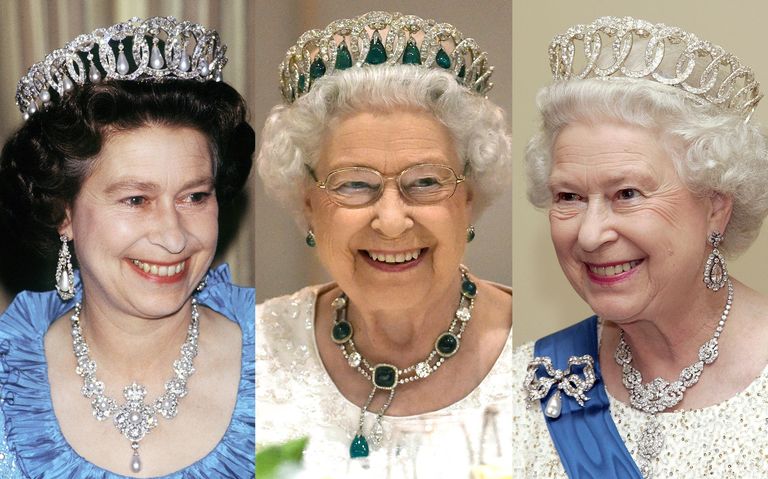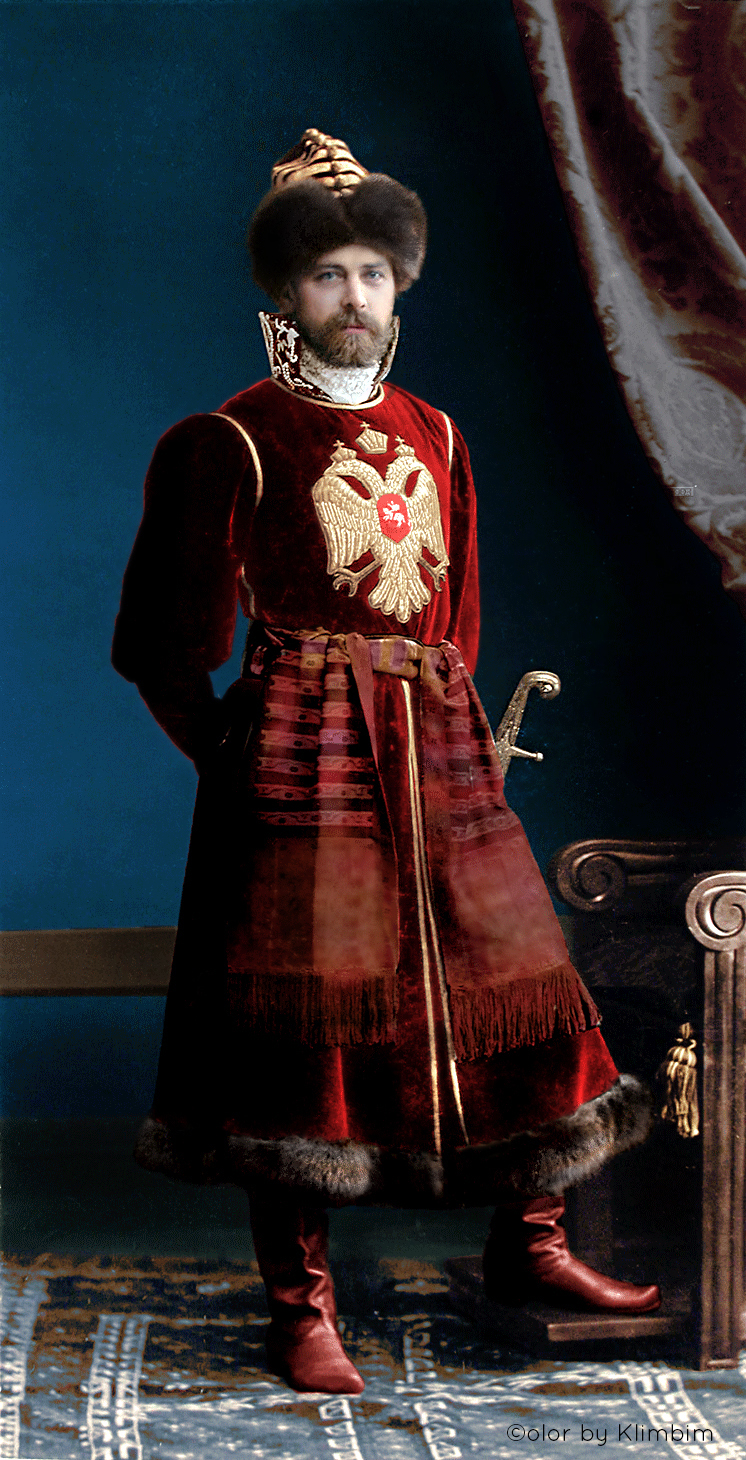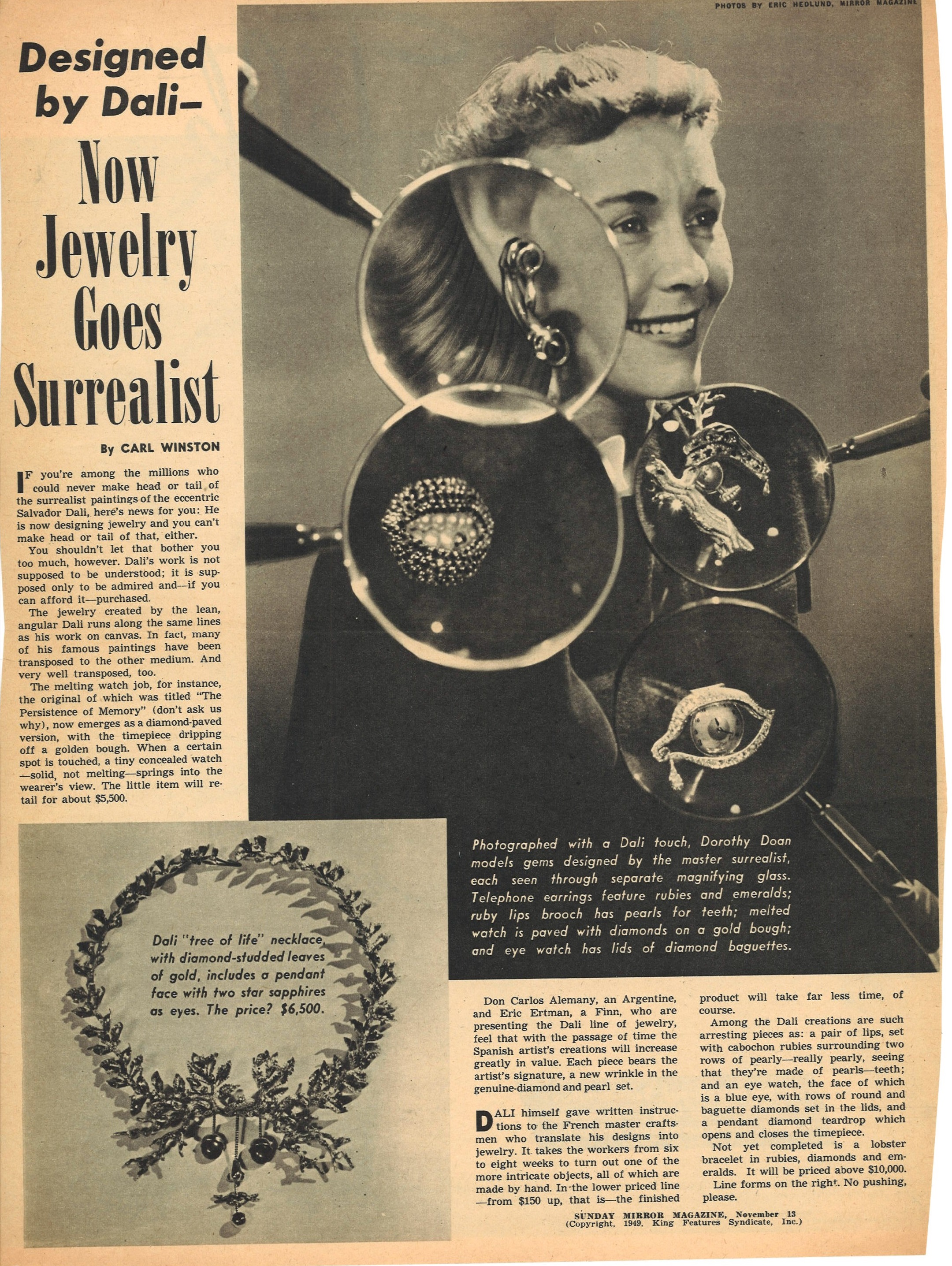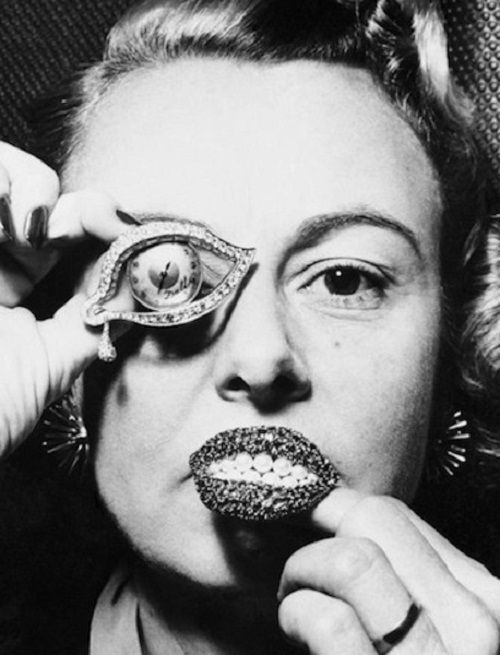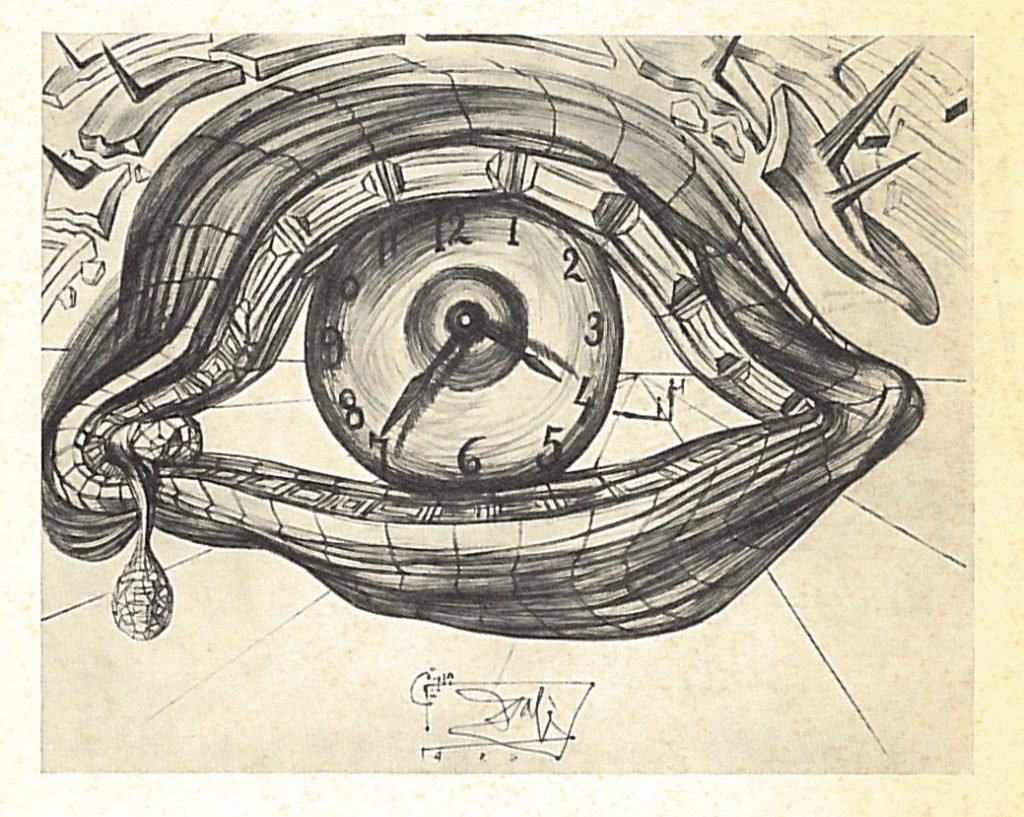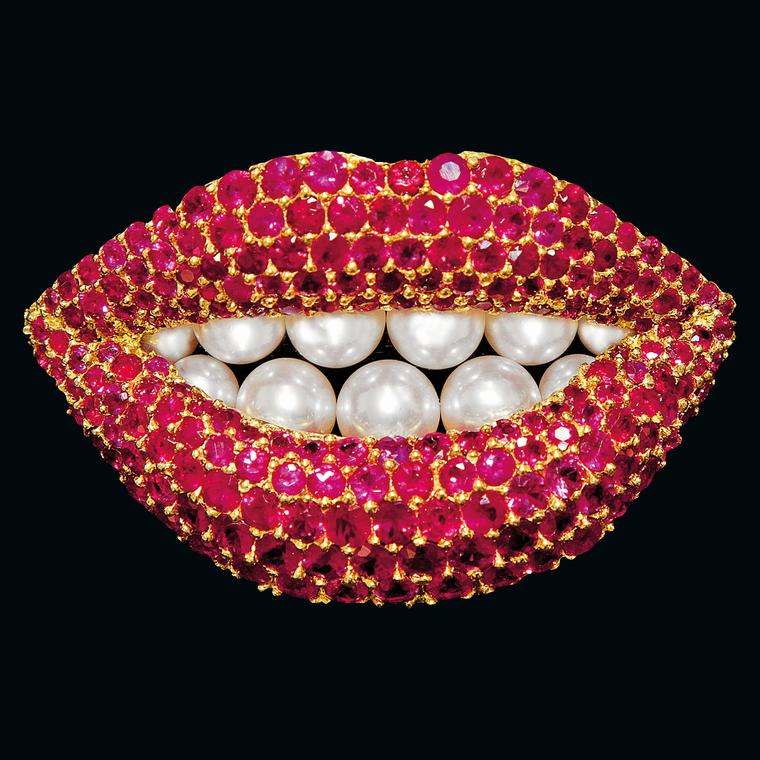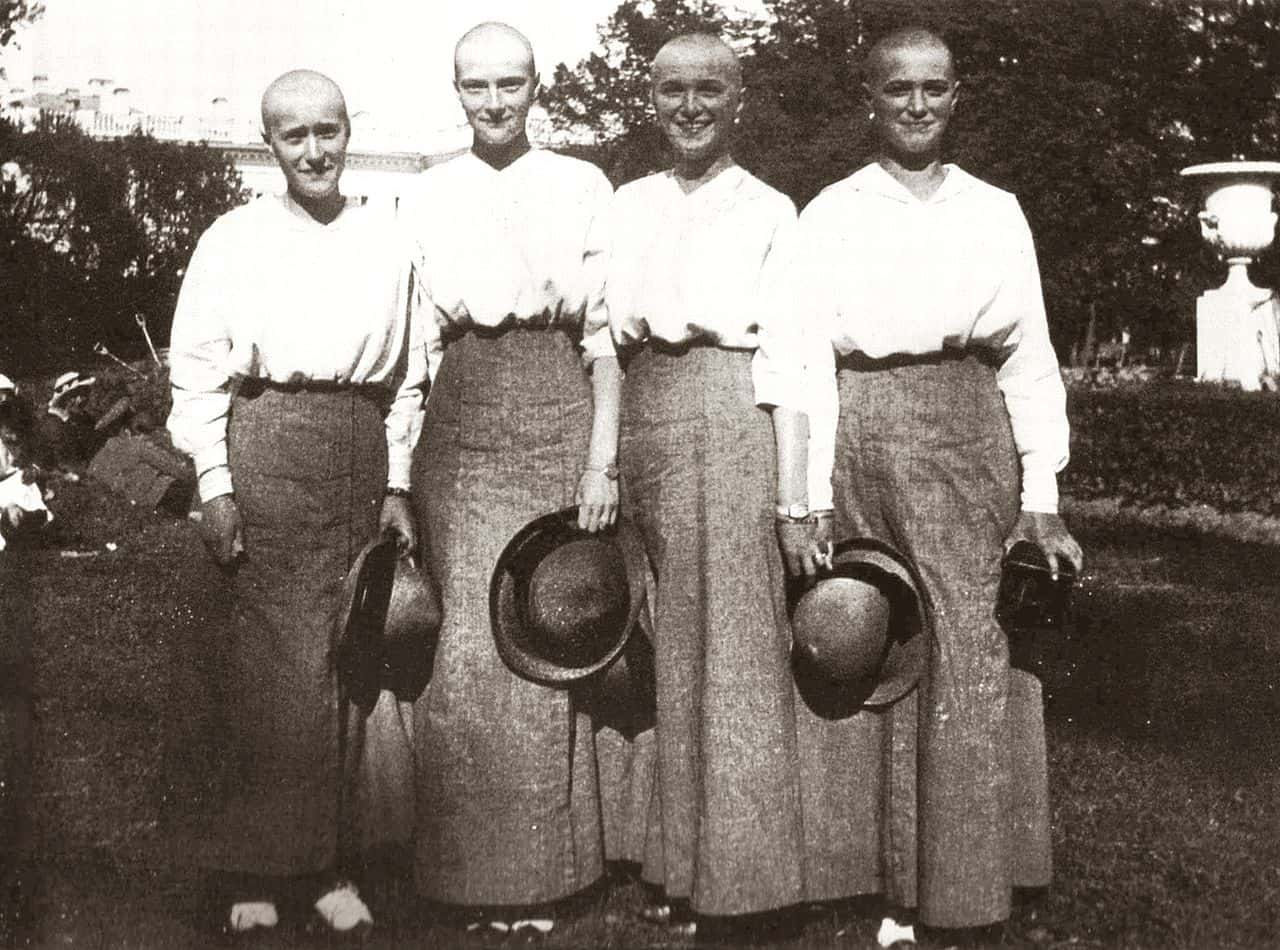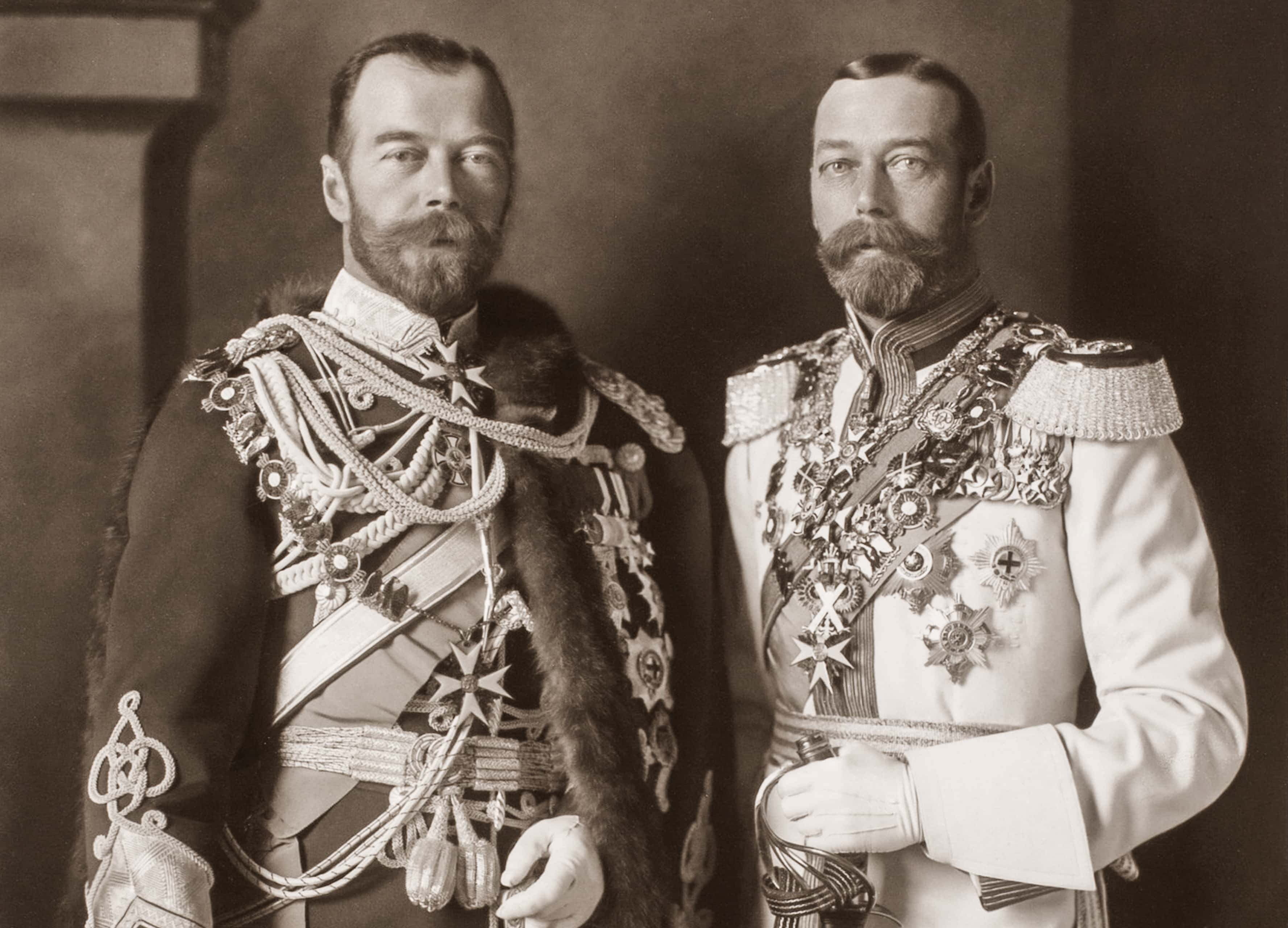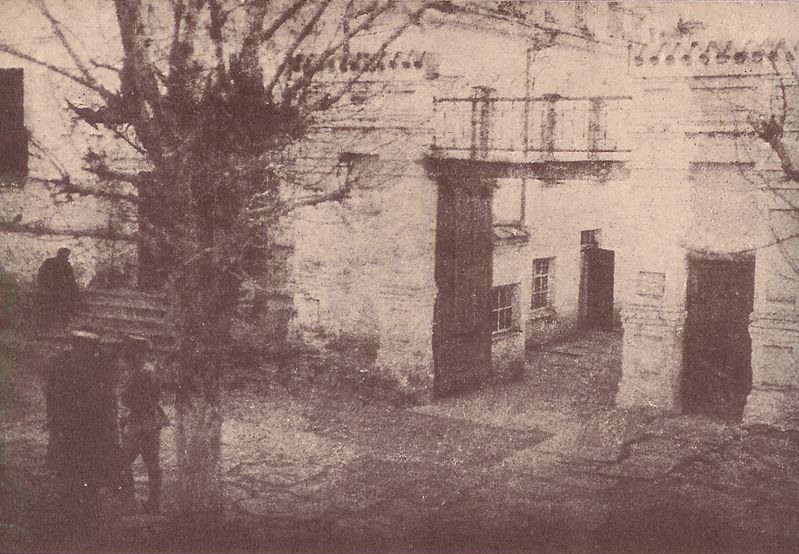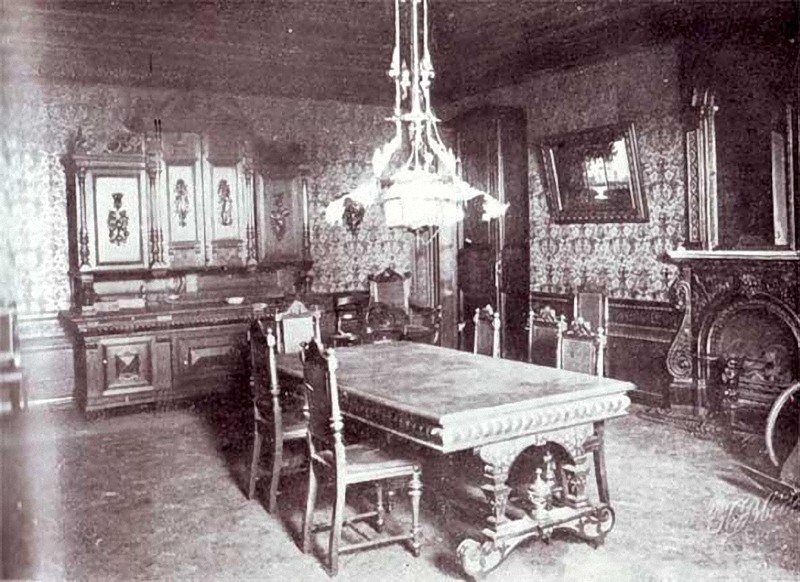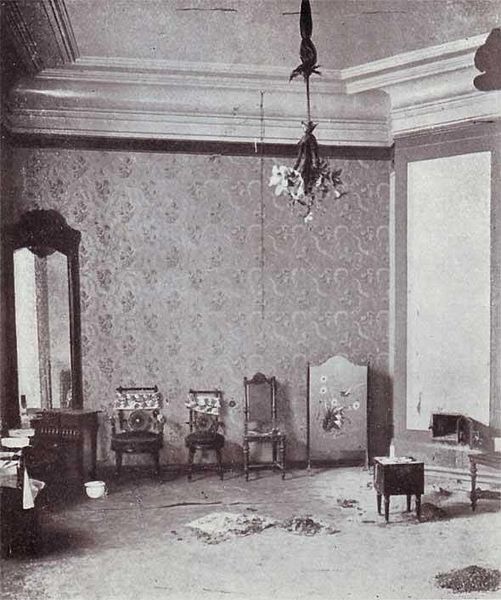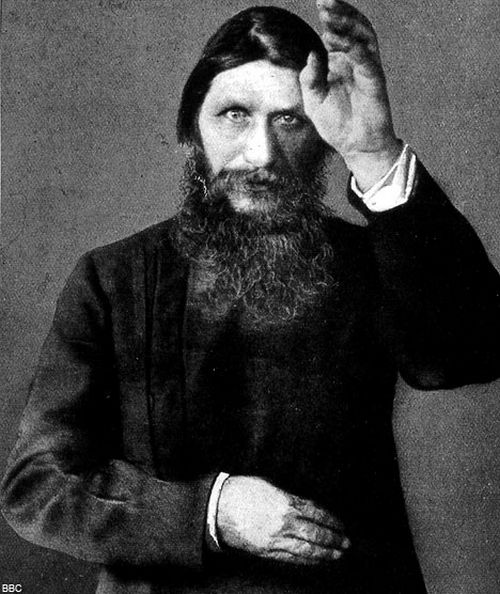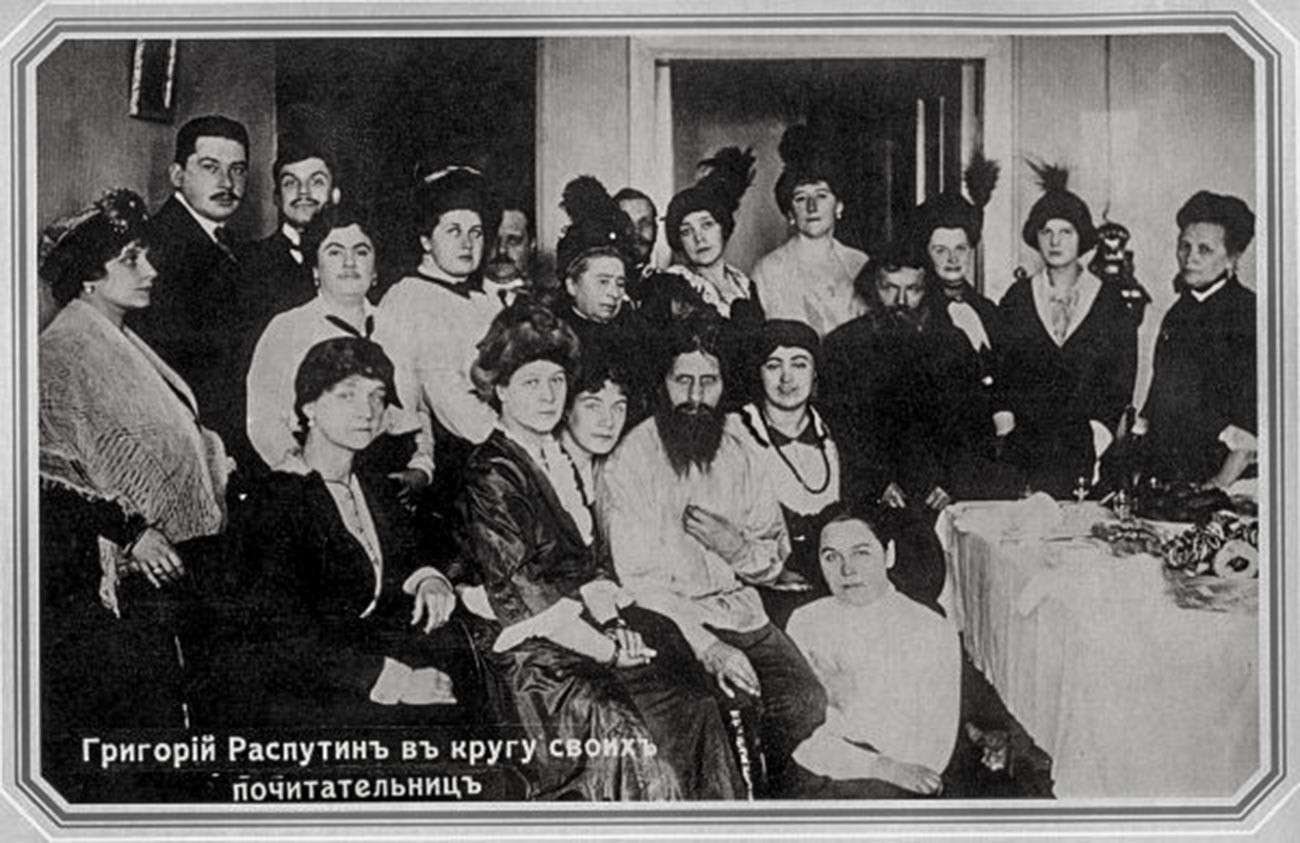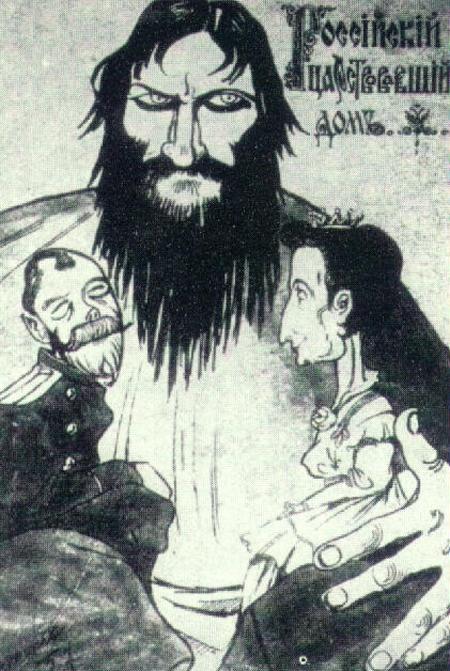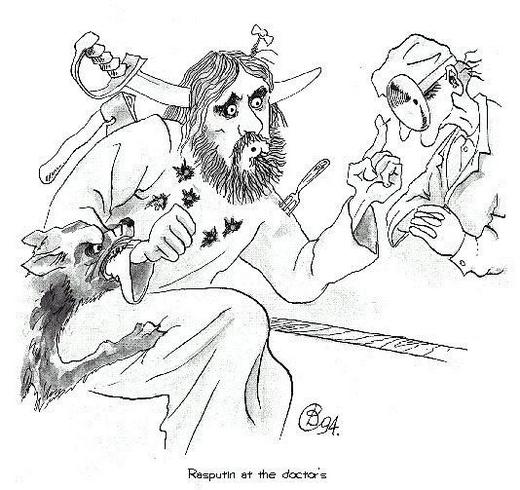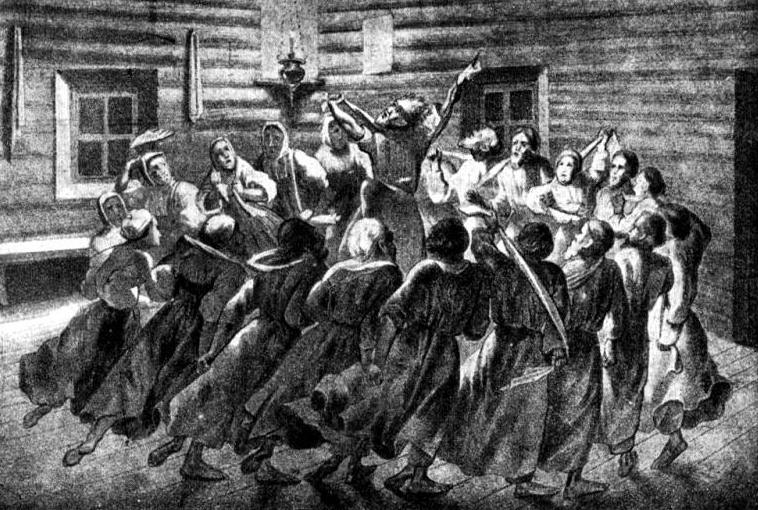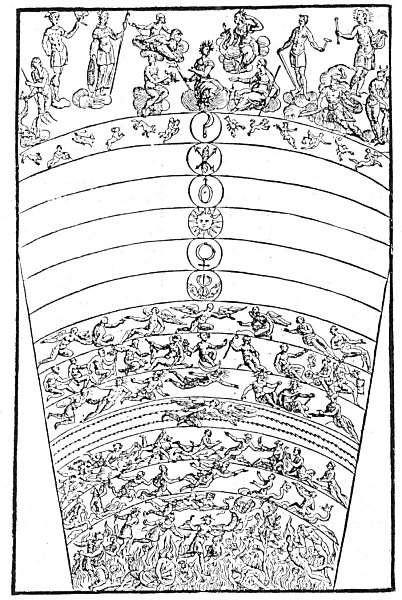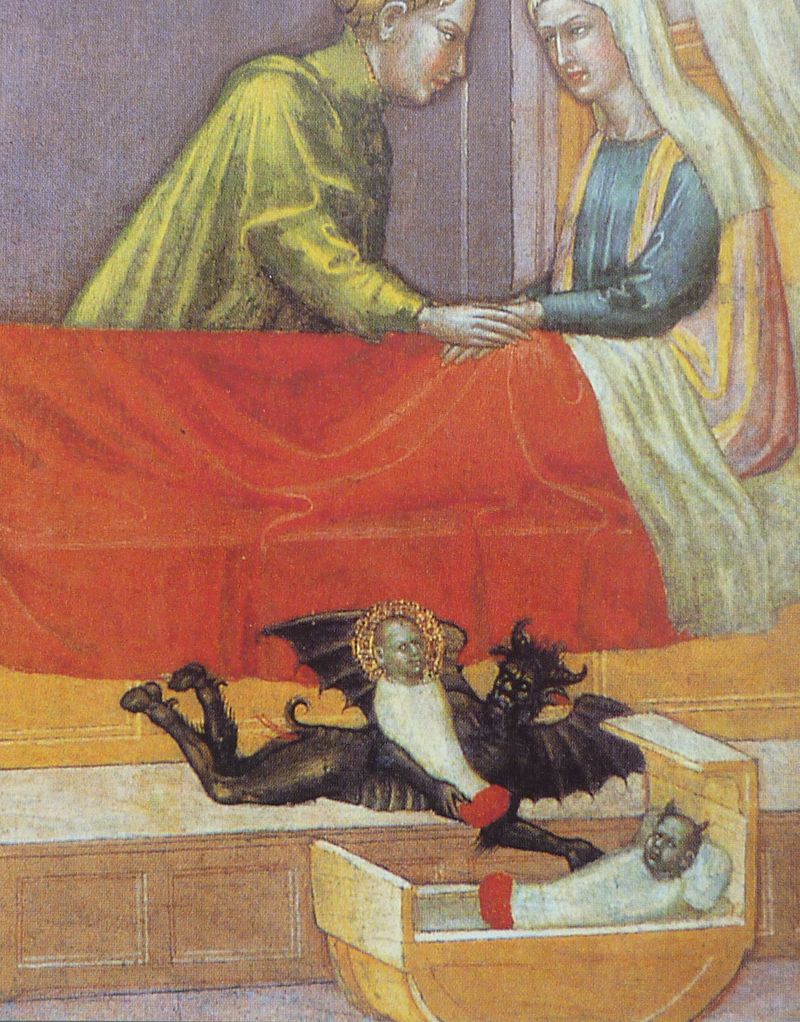ATLANTIS FROM PLATO: Hyperborea is Syberia
The earliest extant source that mentions Hyperborea in detail,
Herodotus'
Histories (Book IV, Chapters 32–36),
[6] dates from c. 450 BC.
[7]
In
Greek mythology, the
Hyperboreans (
Ancient Greek: Ὑπερβόρε(ι)οι, pronounced
[hyperbóre(ː)oi̯];
Latin:
Hyperborei) were a mythical people who lived in the far northern part of the
known world.
[1] Their name appears to derive from the Greek ὑπέρ Βορέᾱ, "beyond
Boreas" (the personified
North Wind), although some scholars prefer a derivation from ὑπερφέρω ("to carry over").
[2]
Despite their location in an otherwise frigid part of the world, the Hyperboreans were believed to inhabit a sunny, temperate, and divinely-blessed land. Herodotus assumed that Hyperborea lay somewhere in
Northeast Asia.
Ural Mountains -- Northeast Asia -- Syberia sounds a lot like Hyperborea.
After these mountains we have 1812 catastrophy. Epicenter was in Hyperborea. Ruins here-- look for the bricks.
Hivites genocided people here too.
Krasnoyarsk Pillars
HIVITES IN MEDIEVAL EUROPE AND FOLKLORE
See also Michael Mott Underground dwellers
@Sibi post
Changelings:
"A human child might be taken due to many factors: to act as a
servant, the love of a human child, or
malice. Most often it was thought that fairies exchanged the children. In rare cases, the very elderly of the fairy people would be exchanged in the place of a human baby, so that the old fairy could live in comfort, being coddled by its human parents. Simple charms such as an inverted coat or open iron scissors left where the child sleeps, were thought to ward them off; other measures included a constant watch over the child."
"Fairies would also take adult humans, especially the newly married and new mothers; young adults were taken to marry fairies instead while new mothers were often taken to nurse fairy babies. Often when an adult was taken instead of a child an object such as a log was left in place of the stolen human, enchanted to look like the person. This object in place of the human would seem to sicken and die, to be buried by the human family, while the living human was among the fairies.
Bridget Cleary is one of the most well known cases of an adult thought to be a changeling by her family; her husband killed her attempting to force the fairies to return his 'real' wife.
Other folklore says that human milk is necessary for fairy children to survive. In these cases either the newborn human child would be switched with a fairy baby to be suckled by the human mother, or the human mother would be taken back to the fairy world to breastfeed the fairy babies. It is also thought that human midwives were necessary to bring fairy babies into the world.
Some folklorists believe that fairies were memories of inhabitants of various regions in Europe who had been driven into hiding by invaders. They held that changelings had actually occurred; the hiding people would exchange their own sickly children for the healthy children of the occupying invader.
Scotland
In Scottish folklore, the children might be replacements for fairy children in the tithe to Hell; this is best known from the ballad of Tam Lin. According to common Scottish myths, a child born with a caul (part of the amniotic membrane) across their face is a changeling, and will soon die (is "of fey birth").
Cornwall
The Mên-an-Tol stones in Cornwall are said to have a fairy or pixie guardian who can make miraculous cures. In one case, a changeling baby was passed through the stone in order for the mother to have her real child returned to her. Evil pixies had changed her child, and the stones were able to reverse their spell.
Germany
In Germany, the changeling is known as Wechselbalg, Wechselkind, Kielkopf or Dickkopf (the last both hinting at the huge necks and heads of changelings). Several methods are known in Germany to identify a changeling and to return the replaced real child:
confusing the changeling by cooking or brewing in eggshells. This will force the changeling to speak, claiming its real age, revealing its position beyond synchronicity. Attempting to heat the changeling in the oven – perhaps a lie by capacity to endure present. Hitting or whipping the changeling. Sometimes the changeling has to be fed with a woman's milk before replacing the children. In German folklore, several possible parents are known for changelings. Those are: the devil - a belief shared by Martin Luther, a female dwarf, a water spirit, a Roggenmuhme/Roggenmutter ("Rye Aunt"/"Rye Mother", a demonic woman living in cornfields and stealing human children)
Ireland
In Ireland, looking at a baby with envy – "over looking the baby" – was dangerous, as it endangered the baby, who was then in the fairies' power.So too was admiring or envying a woman or man dangerous, unless the person added a blessing; the able-bodied and beautiful were in particular danger. Women were especially in danger in liminal states: being a new bride, or a new mother.
Putting a changeling in a fire would cause it to jump up the chimney and return the human child, but at least one tale recounts a mother with a changeling finding that a fairy woman came to her home with the human child, saying the other fairies had done the exchange, and she wanted her own baby. The tale of surprising a changeling into speech – by brewing eggshells – is also told in Ireland, as in Wales. Various legends describe other ways to foil a would-be fairy kidnapper. One was to shout "Gairim agus coisricim thú " (I bless you) or "God bless you," which would cause the fairy to abandon the child it was trying to steal. Another possible tactic was to insert oneself into an argument over who would keep the child; shouting out "Give it to me" would trick the fairy into releasing the child back to a human. Changelings, in some instances, were regarded not as substituted fairy children but instead old fairies brought to the human world to die.
Irish legends regarding changelings typically follow the same formula: a tailor is the one who first notices a changeling, the inclusion of a fairy playing bagpipes or some other instrument, and the kidnapping of a human child through a window. The modern Irish girl's name, Siofra, means an elvish or changeling child, deriving from Síobhra(í) meaning fairy(/fairies). The Aos sí, siabhra (commonly anglicised as "sheevra"), may be prone to evil and mischief. However, the Ulster folk song 'The Gartan Mother's Lullaby' also uses "sheevra" simply to mean "spirit" or "fairy".
The Isle of Man
The Isle of Man had a wide collection of myths and superstitions concerning fairies, and there are numerous folk tales that have been collected concerning supposed changelings. Sophia Morrison, in her "Manx Fairy Tales" (David Nutt, London, 1911) includes the tale of "The Fairy Child of Close ny Lheiy", a tale of a child supposedly swapped by the fairies for a loud and unruly fairy child. The English poet and topographer George Waldron, who lived in the Isle of Man during the early 18th century, cites a tale of a reputed changeling that was shown to him, possibly a child with an inherited genetic disorder:
"Nothing under heaven could have a more beautiful face; but though between five and six years old, and seemingly healthy, he was so far from being able to walk, or stand, that he could not so much as move any one joint; his limbs were vastly long for his age, but smaller than an infant's of six months; his complexion was perfectly delicate, and he had the finest hair in the world; he never spoke, nor cried, ate scarcely anything, and was very seldom seen to smile, but if any one called him a fairy-elf, he would frown and fix his eyes so earnestly on those who said it, as if he would look them through. His mother, or at least his supposed mother, being very poor, frequently went out a-charing, and left him a whole day together. The neighbours, out of curiosity, have often looked in at the window to see how he behaved when alone, which, whenever they did, they were sure to find him laughing and in the utmost delight. This made them judge that he was not without company more pleasing to him than any mortal's could be; and what made this conjecture seem the more reasonable was, that if he were left ever so dirty, the woman at her return saw him with a clean face, and his hair combed with the utmost exactness and nicety."
Lowland Scotland and Northern England
In the Anglo-Scottish border region it was believed that elves (or fairies) lived in "elf hills" (or "fairy hills"). Along with this belief in supernatural beings was the view that they could spirit away children, and even adults, and take them back to their own world (see Elfhame). Often, it was thought, a baby would be snatched and replaced with a simulation of the baby, usually a male adult elf, to be suckled by the mother. The real baby would be treated well by the elves and would grow up to be one of them, whereas the changeling baby would be discontented and wearisome. Many herbs, salves and seeds could be used for discovering the fairy-folk and ward off their designs. It was also believed that, in order to force a changeling to reveal itself, it must either be surprised into speech or made to laugh.
In one tale a mother suspected that her baby had been taken and replaced with a changeling, a view that was proven to be correct one day when a neighbour ran into the house shouting "Come here and ye'll se a sight! Yonder's the Fairy Hill a' alowe" (i.e. "the Fairy Hill is on fire"). To this, the elf got up, saying "Waes me! What'll come o' me wife and bairns?" and made his way out of the chimney.
At Byerholm near Newcastleton in Liddesdale sometime during the early 19th century, a dwarf called Robert Elliot or Little Hobbie o' The Castleton as he was known, was reputed to be a changeling. When taunted by other boys he would not hesitate to draw his gully (a large knife) and dispatch them, however being that he was woefully short in the legs they usually out-ran him and escaped. He was courageous however and when he heard that his neighbour, the six-foot three-inch (191 cm) William Scott of Kirndean, a sturdy and strong borderer, had slandered his name, he invited the man to his house, took him up the stairs and challenged him to a duel. Scott beat a hasty retreat.
Child ballad 40, The Queen of Elfland's Nourice, depicts the abduction of a new mother, drawing on the folklore of the changelings. Although it is fragmentary, it contains the mother's grief and the Queen of Elfland's promise to return her to her own child if she will nurse the queen's child until it can walk.
Poland
The Mamuna or Boginki is a Slavic spirit that exchanges babies (making them into odmieńce) in the cradle. The changelings left by the Mamuna were said to have a noticeably different appearance; an abnormally large abdomen, unusually small or large head, a hump, thin arms and legs, a hairy body, and long claws. Mamuna changelings would also get their first set of teeth prematurely compared to a human baby. In order to protect a child from being kidnapped by the Mamuna, the mother would tie a red ribbon around the baby's wrist, put a red hat on its head, and keep it out of the moonlight. Other preventative methods included not washing diapers after sunset and never turning their head away from the baby as it slept. Still, even if a child was taken by the Mamuna, there was a way to force her to return it. The mother would take the changeling child to a midden, whip it with a birch stick, and pour water from an eggshell over it, all while shouting "Take yours; give mine back." Typically, the Mamuna would feel sorry for its own child and would return the human baby to its mother.
Scandinavia
In medieval Scandinavia it was believed that trolls considered it more respectable to be raised by humans than by their own kind, and would consequently seize the opportunity to give their own children a human upbringing. Some believed that trolls would only take un-baptised children, since once a child had been baptized – and therefore received into the Catholic faith – the trolls were powerless to abduct it.
In Nordic traditional belief, it was generally believed that it was trolls or beings from the subterranean realms that changed children. Since most of the supernatural beings of Scandinavian folklore are said to be afraid of iron, Scandinavian parents would often place an iron tool such as a pair of scissors or a knife on top of the cradle of an un-baptised infant to prevent its being abducted by the trolls. It was believed that if a human child were still taken, in spite of such measures, the parents could force the return of the child by treating the changeling cruelly, using methods such as whipping or even inserting it in a heated oven. In at least one case, a woman was taken to court for having killed her child in an oven. In Sweden, it was believed that a fire must be kept lit in the room housing a child before it is christened, and furthermore, that the water used to bathe the child should not be thrown out, since both of these precautions will prevent the child from being taken by trolls.
In one Swedish tale, the human mother is advised to brutalize the changeling (bortbyting) so that the trolls will return her son, but she refuses, unable to mistreat an innocent child despite knowing its nature. When her husband demands she abandon the changeling, she refuses, and he leaves her – whereupon he meets their son in the forest, wandering free. The son explains that since his mother had never been cruel to the changeling, so the troll mother had never been cruel to him, and when she sacrificed what was dearest to her, her husband, they had realized they had no power over her and released him.
The tale is notably retold by Swedish children's story author Helena Nyblom as Bortbytingarna in the 1913 book Bland tomtar och troll. (which is depicted by the image), a princess is kidnapped by trolls and replaced with their own offspring against the wishes of the troll mother. The changelings grow up with their new parents, but both find it hard to adapt: the human girl is disgusted by her future bridegroom, a troll prince, whereas the troll girl is bored by her life and by her dull human future groom. Upset with the conditions of their lives, they both go astray in the forest, passing each other without noticing it. The princess comes to the castle whereupon the queen immediately recognizes her, and the troll girl finds a troll woman who is cursing loudly as she works. The troll girl bursts out that the troll woman is much more fun than any other person she has ever seen, and her mother happily sees that her true daughter has returned. Both the human girl and the troll girl marry happily the very same day.
Spain
In Asturias (Northern Spain), there is a legend about the Xana, a sort of nymph who used to live near rivers, fountains and lakes, sometimes helping travellers on their journeys. The Xanas were conceived as little female fairies with supernatural beauty. They could deliver babies, "xaninos," that were sometimes swapped with human babies – some legends claim this was in order for them to be baptized, while others claim that it is because the Xana cannot produce milk. The legend says that in order to distinguish a "xanino" from a human baby, some pots and egg shells should be put close to the fireplace; a xanino would say: "I was born one hundred years ago, and since then I have not seen so many egg shells near the fire!".
Wales
In Wales the changeling child initially resembles the human child for which it has been substituted, but gradually grows uglier in appearance and behaviour: ill-featured, malformed, ill-tempered, given to screaming and biting. It may be of less than usual intelligence, but may equally well be identifiable on account of its more-than-childlike wisdom and cunning. The common means employed to identify a changeling is to cook a family meal in an eggshell. The child will exclaim, "I have seen the acorn before the oak, but I never saw the likes of this," and vanish, only to be replaced by the original human child. Alternatively, or following this identification, it is supposedly necessary to mistreat the child by placing it in a hot oven, by holding it in a shovel over a hot fire, or by bathing it in a solution of foxglove.
Africa
The
Igbo people of eastern
Nigeria traditionally believed that a woman who lost numerous children, whether
stillborn or early in infancy, was being tormented by an
ogbanje, a malicious spirit that reincarnated itself over and over again. One of the most commonly prescribed methods for ridding oneself of an
ogbanje was to find and destroy its
iyi-uwa, a buried object tying it to the mortal world. Many scholars now believe that
ogbanje stories arose as an attempt to explain the loss of children with
sickle-cell anemia. Even today, infant death is common among children born with severe sickle-cell anemia, especially in areas of Africa lacking adequate medical resources. The similarity between the European changeling and the Igbo
ogbanje is so marked that Igbos themselves often translate the word into English as "changeling". The
abiku was a rough analogue of the
ogbanje among the related
Yoruba peoples to the west of Igboland.








